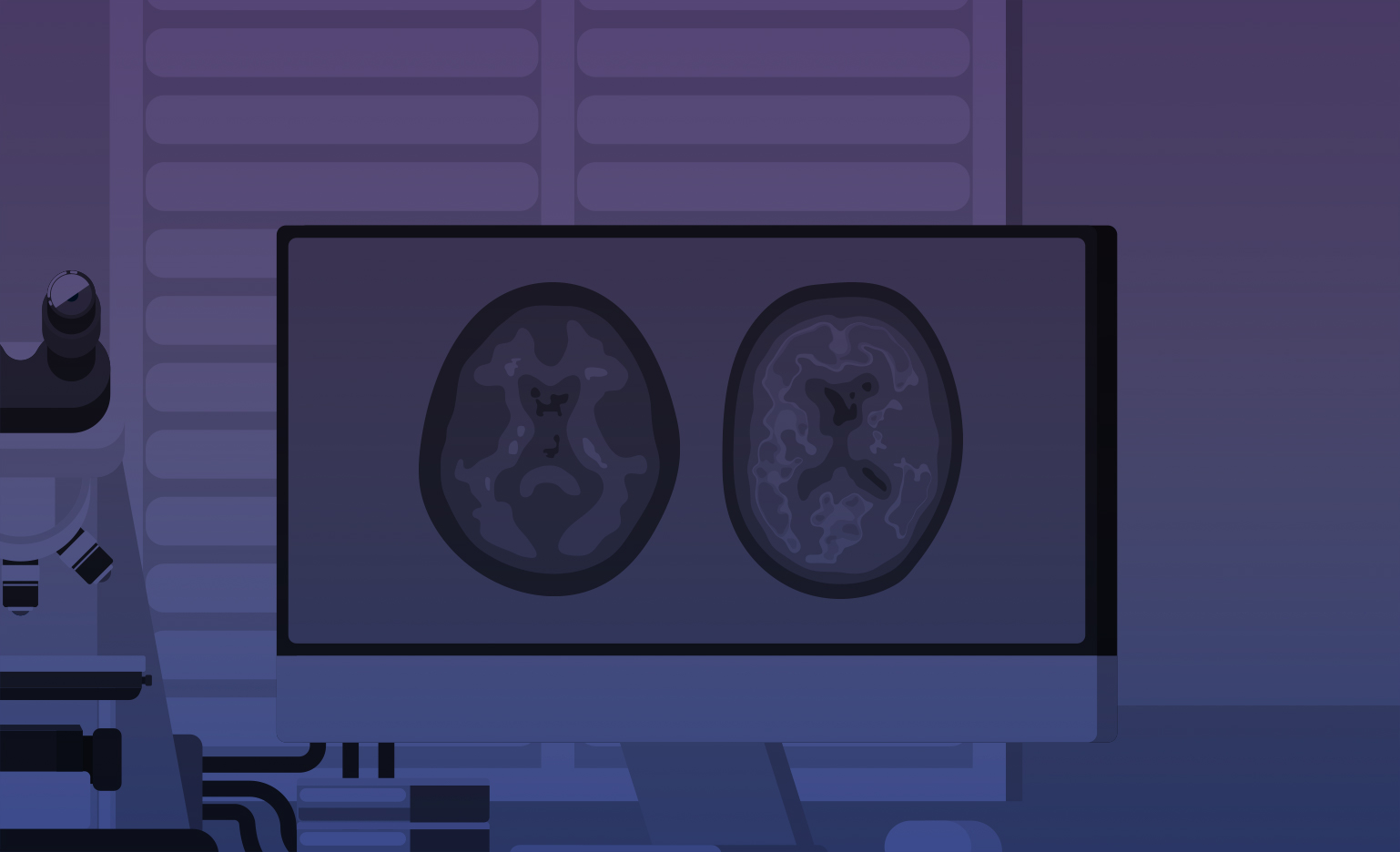The J. David Gladstone Institutes
The J. David Gladstone Institutes
Identification of Small Molecules That Can Prevent Mitochondrial Dysfunction Associated with the Generation of Apolipoprotein E Fragments in Neurons
(300 WORDS MAX) Alzheimer's disease (AD) is a devastating neurodegenerative disease that affects 5 million people worldwide, and that number will climb to 15 million people by 2050. The cost to the health community in the US is $172 billion annually, and worldwide the costs are over $600 billion. While the death rate for most major diseases in the US is declining, the rate of mortality from AD is increasing by almost 50%. No treatment for AD effectively blunts disease progression. Consequently, there is an urgent need for new, effective treatments of this disease. The protein apoE4 is the major genetic risk factor for AD. ApoE4 carriers account for 65--80% of AD cases. ApoE4 increases the occurrence and lowers the age of onset of AD, and considerable evidence suggests that it has a fundamental role in the neurodegeneration and pathophysiology of AD. One major cellular site of apoE4's action in neurodegeneration is the mitochondria. This organelle is the main powerhouse of the cell, and insults to its function can cause neurodegeneration. We showed that apoE4 and its toxic fragments bind to the mitochondria in neurons. This results in a loss of the enzymes needed to produce energy and to a gradual loss of the ability of the mitochondria to function normally. We propose that "mitotoxicity" is one of the main ways that apoE4 causes neurodegeneration, and drugs blocking this pathway might prevent AD progression. We developed new methods to discover drugs that block the interaction of apoE4 toxic fragments with the mitochondria. We propose to use those methods to identify unique compounds that block apoE4's toxic effects on mitochondria. The compounds that we find will be developed in future studies into drugs to prevent apoE4-induced neurotoxicity to treat AD.

